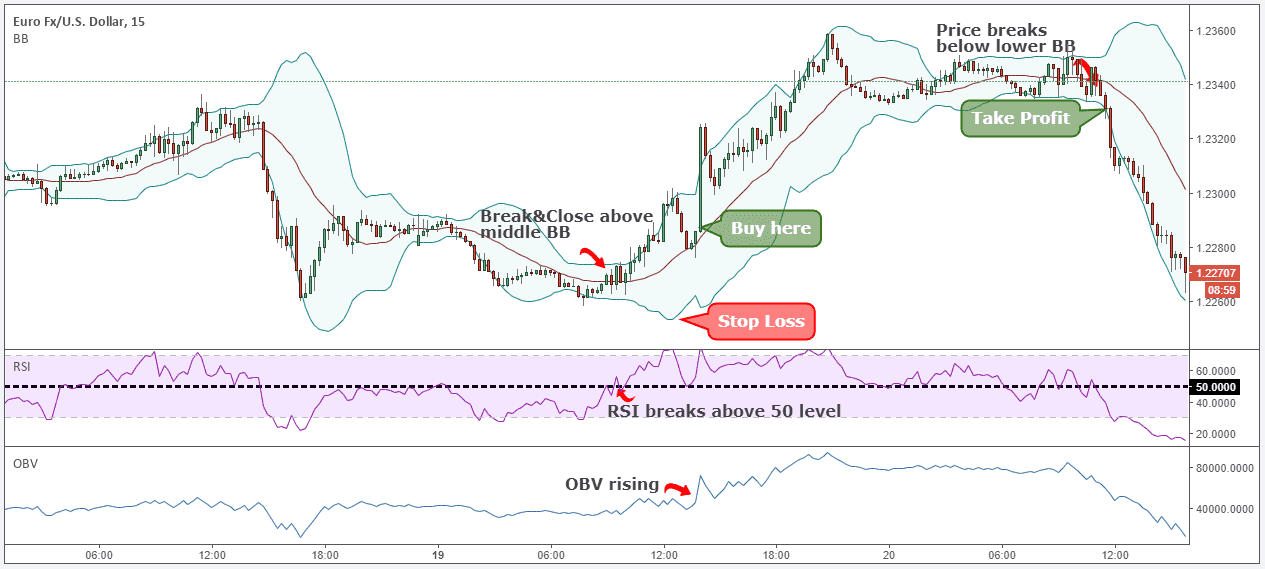Forex Trading Strategies: Proven Techniques for Success
The foreign exchange (forex) market is a dynamic and highly liquid market where currencies are traded against each other. With a daily trading volume exceeding $6 trillion, it is the largest and most accessible financial market in the world. However, the potential for profit comes hand in hand with significant risk. This is where forex trading strategies come into play. A well-defined and thoroughly tested trading strategy can be the key to success in the forex market. In this article, we will delve into the importance of forex trading strategies and explore different types of strategies that traders use to navigate the intricate world of forex trading.
Table Content
1. Importance of Forex Trading Strategies
2. Different Types of Forex Trading Strategies
3. Technical Analysis Strategies
4. Fundamental Analysis Strategies
5. Sentiment Analysis Strategies
6. Combining Multiple Strategies
7. Back testing and Testing Strategies
8. Tips for Developing Your Own Strategy
9. Footnote
Importance of Forex Trading Strategies
Forex trading strategies are systematic approaches used by traders to make informed decisions about when to enter, exit, or manage their positions. The forex market operates 24 hours a day, five days a week, across different time zones, making it challenging for traders to keep a constant eye on the market. A well-designed trading strategy helps traders overcome this challenge by providing a structured framework to analyze the market, identify opportunities, and manage risk.

Furthermore, trading in the forex market involves a high level of volatility and unpredictability. Economic indicators, geopolitical events, and market sentiment can all lead to rapid fluctuations in currency prices. Without a clear trading strategy, traders may fall victim to impulsive decisions driven by emotions, leading to losses. A trading strategy helps to mitigate these emotional biases and provides a rational and disciplined approach to trading.
Different Types of Forex Trading Strategies
There is no one-size-fits-all approach to forex trading. Traders have developed a wide array of strategies to cater to their individual preferences, risk tolerance, and market conditions. These strategies can broadly be categorized into three main types: technical analysis strategies, fundamental analysis strategies, and sentiment analysis strategies.
Technical Analysis Strategies
Technical analysis involves studying historical price data, chart patterns, and various technical indicators to predict future price movements. Traders using technical analysis believe that historical price movements tend to repeat themselves, and these patterns can help forecast future price directions. Common technical indicators include moving averages, relative strength index (RSI), and Bollinger Bands.
Support and resistance levels are also fundamental components of technical analysis. Support is the price level where a currency pair tends to stop falling, while resistance is the level where it often stops rising. By identifying these levels on a chart, traders can make informed decisions about entry and exit points.
Fundamental Analysis Strategies
Fundamental analysis involves analyzing economic indicators, interest rates, political events, and other macroeconomic factors to predict currency movements. Traders who use fundamental analysis believe that a country's economic health is a key driver of its currency's value. For example, if a country's economy is performing well, its currency is likely to strengthen.
Traders who employ fundamental analysis closely follow economic indicators like GDP growth, inflation rates, and employment data. They also keep an eye on central bank decisions and statements, as these can significantly impact a currency's value. For instance, if a central bank hints at raising interest rates, it could attract foreign investment and cause the currency to appreciate.
Sentiment Analysis Strategies
Sentiment analysis involves gauging market sentiment and positioning to make trading decisions. Traders using this approach believe that the collective sentiment of market participants can influence currency prices. Sentiment can be influenced by news, social media, and market positioning.
For example, if there is negative news about a country's economy, traders might expect its currency to weaken due to increased selling pressure. Conversely, positive news could lead to a stronger currency.
Combining Multiple Strategies
While each type of strategy has its strengths, many successful traders use a combination of technical, fundamental, and sentiment analysis to make well-rounded trading decisions. This approach helps traders account for a wider range of factors that can impact currency prices.

For instance, a trader might use technical analysis to identify potential entry and exit points, while also considering fundamental factors to ensure they are trading in line with the overall economic trend. Sentiment analysis can then serve as a final confirmation or a warning against a trade based on the prevailing market sentiment.
Back testing and Testing Strategies
Before deploying a trading strategy in a live market, it's crucial to thoroughly test it through back testing. Back testing involves applying the strategy to historical market data to see how it would have performed in the past. This process helps traders identify strengths and weaknesses, refine their approach, and set realistic expectations about potential profitability.

Back testing is not foolproof, as market conditions can change, and past performance does not guarantee future results. However, it is an essential step in evaluating the viability of a trading strategy.
Tips for Developing Your Own Strategy
Developing a successful forex trading strategy takes time, research, and experimentation. Here are some tips to consider:
- Understand Your Risk Tolerance: Different strategies come with varying levels of risk. Understand your risk tolerance and tailor your strategy accordingly.
- Stay Informed: Keep up-to-date with economic news, central bank announcements, and geopolitical events that can impact the forex market.
- Start Simple: Begin with a straightforward strategy and gradually add complexity as you gain experience and confidence.
- Combine Analysis Types: Consider using a combination of technical, fundamental, and sentiment analysis to make well-informed decisions.
- Practice Patience: Avoid impulsive trading decisions. Let your strategy play out over time and avoid chasing quick profits.
- Keep Records: Maintain a trading journal to track your trades, decisions, and outcomes. This helps you learn from both successes and failures.
- Adapt and Evolve: Markets change, and strategies that once worked might become less effective. Be prepared to adapt and refine your strategy as needed.
- Risk Management: Incorporate risk management techniques, such as setting stop-loss and take-profit levels, to protect your capital.
Footnote:
In summary, forex trading strategies are the backbone of successful trading in the highly competitive and volatile forex market. They provide traders with a structured approach to decision-making, helping them navigate the complexities of the market while managing risk. Whether you lean towards technical analysis, fundamental analysis, sentiment analysis, or a combination of these approaches, the key to success lies in thorough testing, continuous learning, and disciplined execution. Remember, there's no one-size-fits-all strategy – what matters most is finding an approach that aligns with your goals, risk tolerance, and trading style.











Discussion